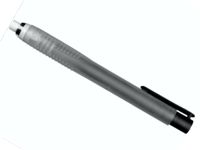|
Outline
This method is used to replace damaged or missing circuits on the circuit board surface.
|
||||||||||||||||||||||||||||||||||||||||||||||
|
Procedure
Procedure
Evaluation
|
||||||||||||||||||||||||||||||||||||||||||||||
Images and Figures
Conductor Repair, Foil Jumper, Film Adhesive Method
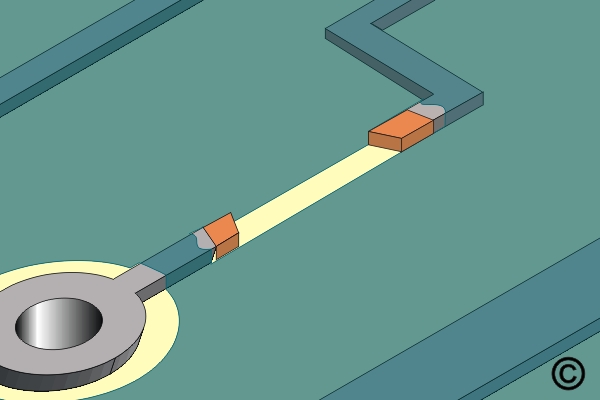
Figure 1. Remove solder mask from the connecting circuit.
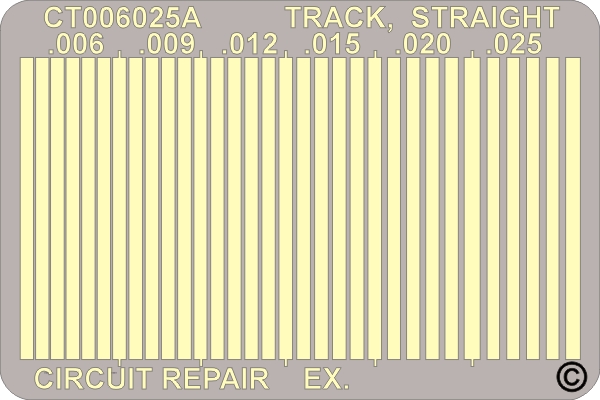
Figure 2. Sample frame or replacement conductors with dry film adhesive backing.
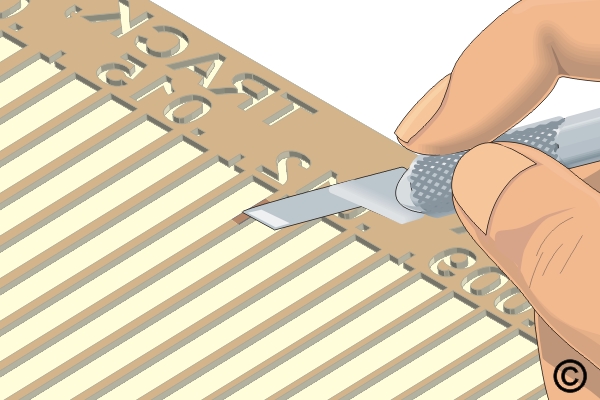
Figure 3. Scrape off epoxy bonding film from solder joint connection area on back of new conductor.
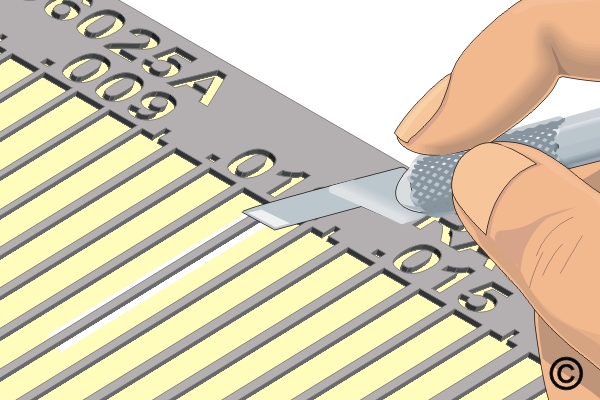
Figure 4. Cut out the new circuit. Cut from the plated side
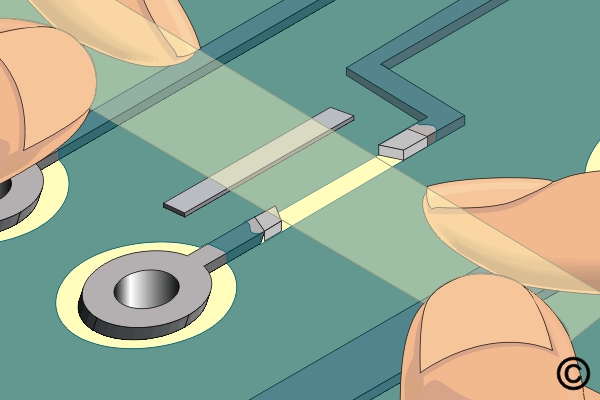
Figure 5. Place the new conductor in place using high temperature tape.
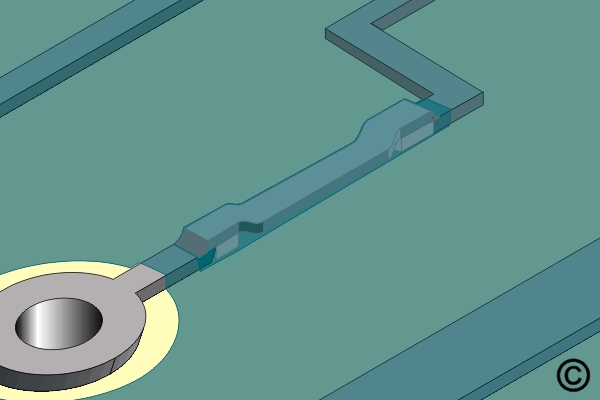
Figure 6. Completed repair.
|
||||||||||||||||||||||||||||||||||||||||||||||
4.2.2 Conductor Repair, Foil Jumper, Film Adhesive Method
Procedure covers repair of damaged conductors and circuits using a dry film epoxy method.
Minimum Skill Level: Advanced
Conformance Level: High
REQUEST FOR QUOTE GUIDES INDEX

Conductor Repair, Foil Jumper, Film Adhesive Method

Remove solder mask from the connecting circuit.

Sample frame or replacement conductors with dry film adhesive backing.

Scrape off epoxy bonding film from solder joint connection area on back of new conductor.

Cut out the new circuit. Cut from the plated side

Place the new conductor in place using high temperature tape.

Completed repair.

This clear, low-viscosity, superior-strength epoxy is ideal for many circuit board repair and rework uses.
LEARN MORE

Circuit Frames have a dry-film adhesive backing to ensure the delicate repair procedure is easy, fast, and highly reliable
LEARN MORE

We're here to help with all your challenging circuit board and electronic component rework and repair needs.
LEARN MORE
SLIDESHOW STARTING
❮
❯

